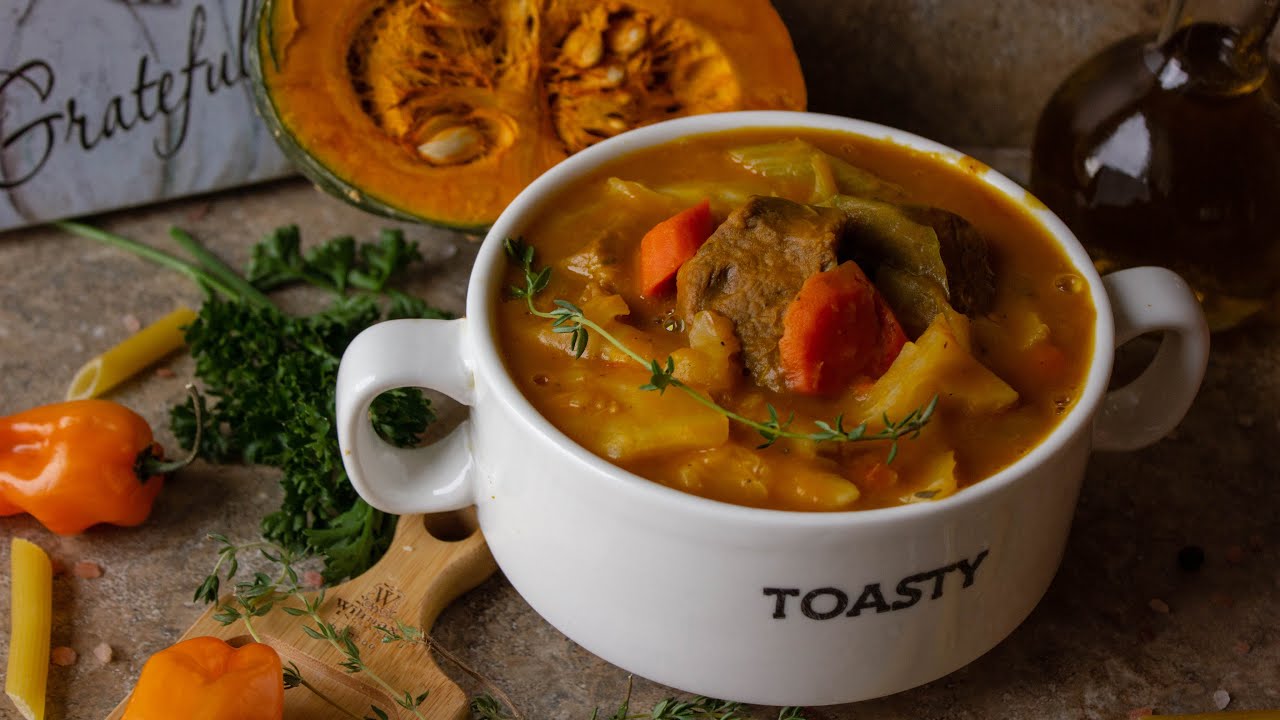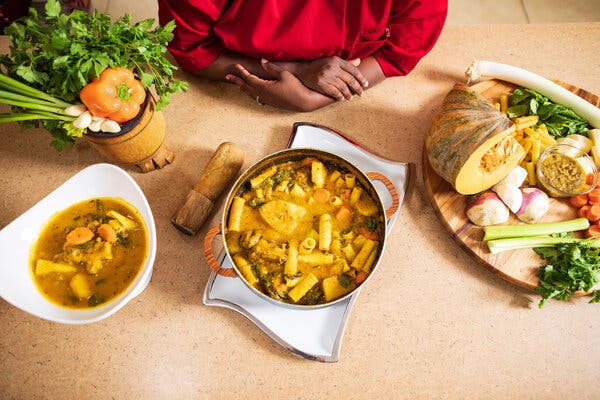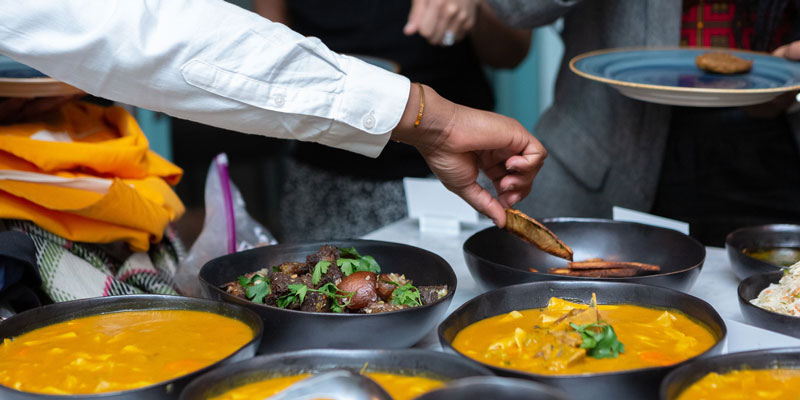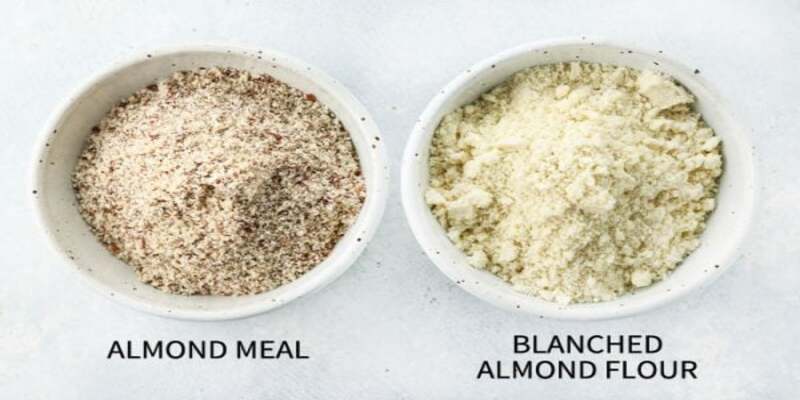Soup joumou, more than any other food, symbolizes freedom for the people of Haiti. On January 1, Haitians celebrate their independence, and this meal is traditionally served. On the contrary, the soup is eaten during the whole month. Being the first Haitian addition to the UNESCO list of the intangible cultural heritage of humanity, soup joumou is a reflection of the dish's significance to Haitian cuisine and the country's history.
Why Does Haiti Observe Independence Day?

The French colonized Haiti and enslaved its population. The enslaved Africans on the island and some of the Maroon Africans sheltering in the highlands allegedly came up with a plot to overthrow the French in August of 1791.
After more than a decade of conflict, on November 18, 1804, Haiti finally triumphed against the French. So January 1st has become our national day of independence. As such, it has always had a significant place in Haitian history and culture.
As a kid of Haitian immigrants, this was something I heard often. But as I've gotten older and made friends across the Black diaspora, I've seen it as a unifying symbol since it represented the one time in history when enslaved people triumphed against their owners.
Why Did Haitians Celebrate Independence With Soup Joumou?
The French banned Soup from the diets of enslaved people because it was considered too "civilized" during the era of captivity. Enslaved people could cook and prepare the soup but were barred from eating it. That has indeed been the situation. Haitians and those of Haitian heritage have been partaking in the New Year's Day soup ritual for decades and generations.
Is The Soup Consumed Year-Round Or Just In January?

Soup joumou was often consumed as a Sunday morning breakfast meal in Haiti. However, there is something mystical about the soup served on January 1st. It's quite a thing to realize that you're one of many people eating the soup, alone or with the people in your own home or family. Millions of others all around the world are doing the same thing. It has a solid spiritual and mystical quality. 1
What Elements Must The Soup Include To Be Traditional?
The first version of the dish was prepared by Dessalines' wife, Marie-Claire, and it did not call for either meat or pasta of any kind. A number of these components have established themselves as mainstays in our soups. Each individual is one of a kind, and no two households are set up in exactly the same way.
The way in which you use an ingredient is unique to the cuisine of Haiti. But the principal component of the soup would be squash, such as a fine pumpkin or a beautiful orange squash, which, once pureed, would supply the silky broth that the soup would be known for.
Is There A Soup Spice Combination That's Crucial?
For this reason, Haitian cuisine makes liberal use of the green spice epis. The aromatic combination of garlic, scallions, onion, lime juice, orange juice, and parsley is quite delightful.
These recipes are spot-on recreations of authentic Haitian cuisine in every way possible. The key to achieving that authentic island flavor in the soup, in my opinion, is to include all the extra aromatics and other flavour components that weren't requested.
With the passage of time, it has gained international recognition as a standard. This is one of the modern additions that will give your soup the classic taste you remember while maintaining the integrity of the original recipe.
How Is It Used In The Dish? Is Bread A Side Dish?
Even though the pasta will supply all of the carbs that you require, many individuals still opt to eat bread with their soup. In Haiti, the local bread is referred to as "gro neg." In its most literal sense, that translates to "big man." As a result of its dense and sturdy dough, it is a common choice to have in the morning alongside a cup of coffee. In addition, bread is most likely served alongside soup whenever it is provided on the island. If you make your soup with not one but two different varieties of pasta, you have access to an infinite amount of carbs.



